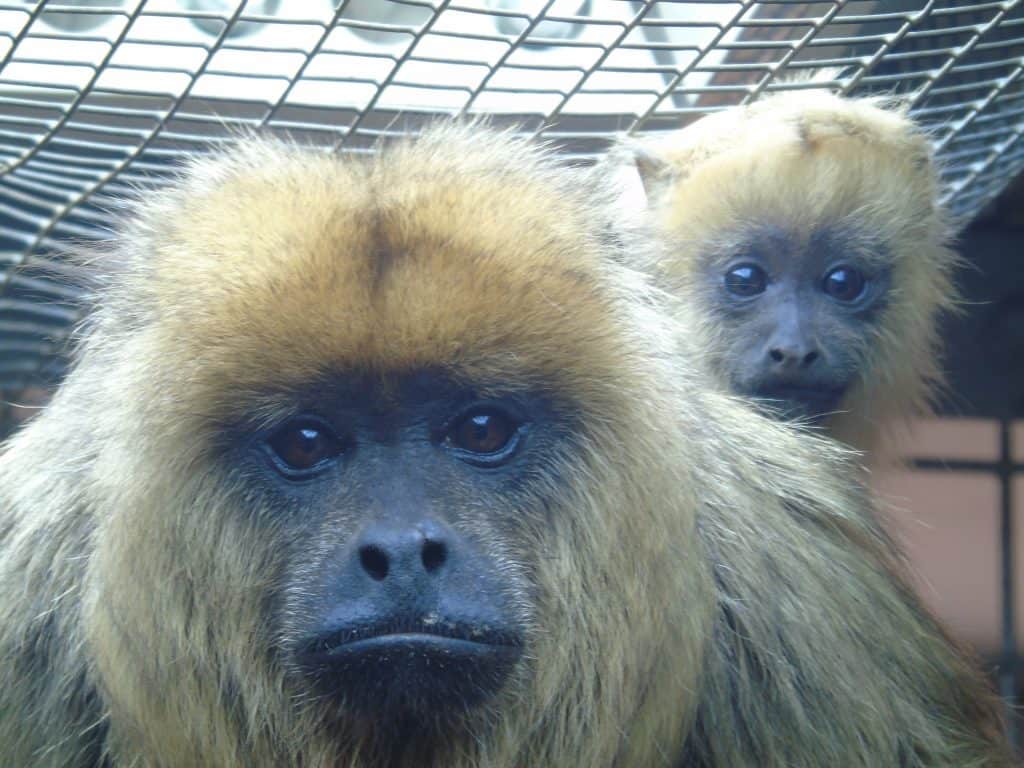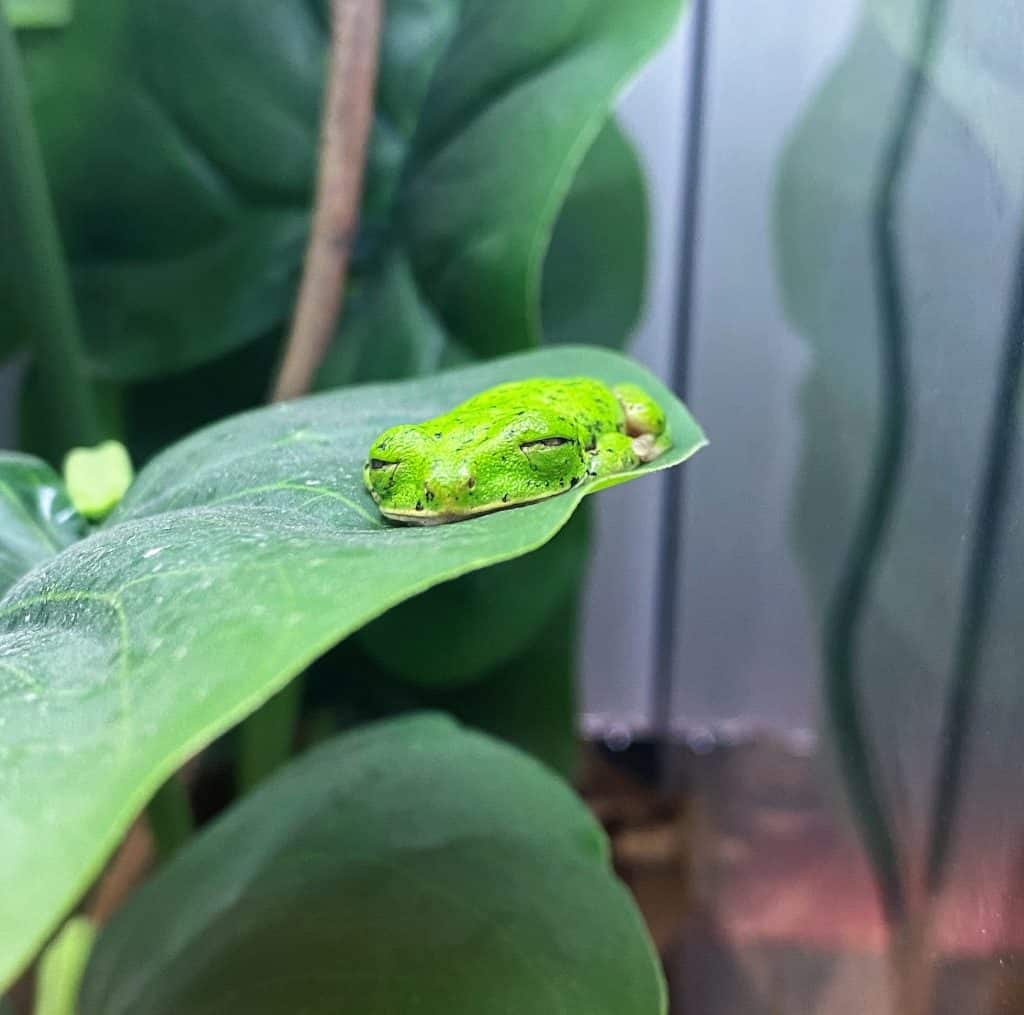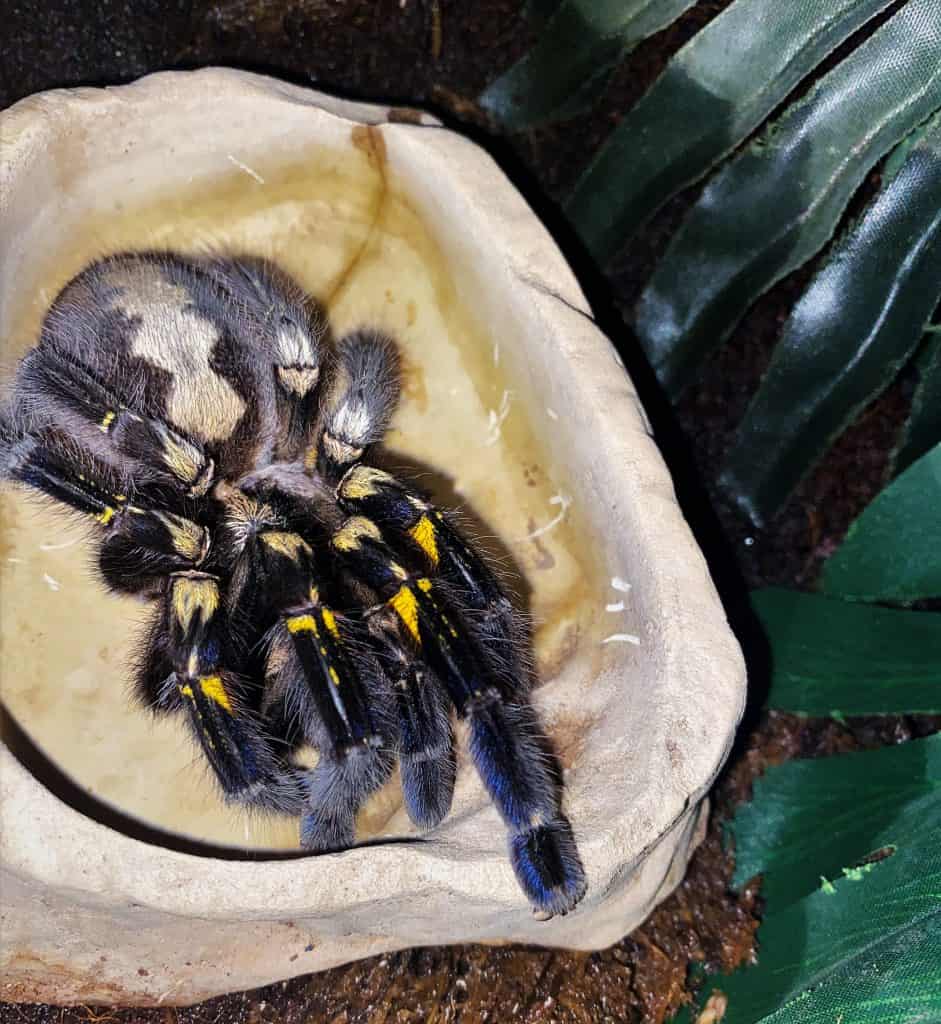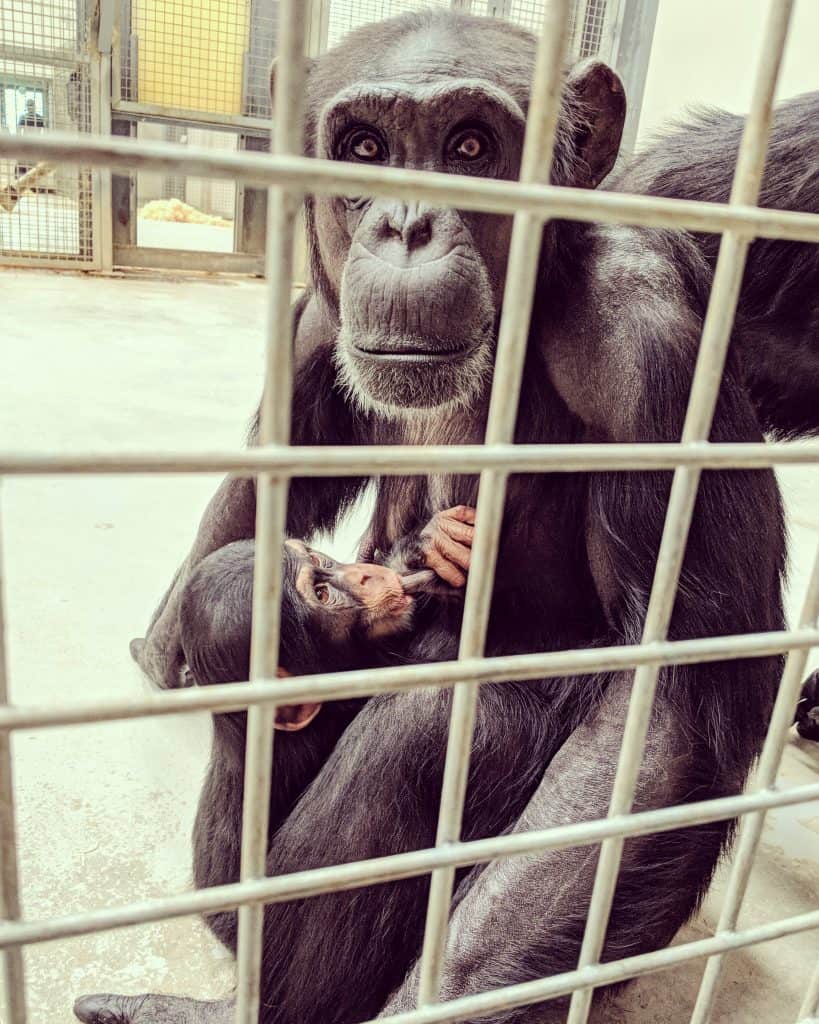You may have attended one of our talks here at Wingham and heard our keepers talking about studbooks, EEP’s and ESB’s, but what are they?
My blog the week aims to unveil the mysteries and provide a comprehensive understanding of these programs and their significance in the conservation efforts of zoos.
Conservation and breeding programs play a pivotal role in the management and welfare of animal populations in zoos. Here at Wingham, we are involved in over 30 EEP and 10 ESB programs across all sorts of species, from big cats to invertebrates.
EEPs
An EEP, or European Endangered Species Programme, is a coordinated breeding program designed to manage and conserve endangered species in European zoos. It is a collaboration between zoos, conservation organizations, and governmental bodies to ensure the long-term survival of threatened species. The main goal of an EEP is to maintain a healthy and genetically diverse population of a species, with the aim of eventually reintroducing them into the wild.

Our Black Howley Monkeys are part of an EEP for this species. We have successfully bred three babies here over the past 3 years, all contributing to the future of this species.
An EEP works by assigning a Studbook Keeper, who oversees the management of the studbook. The studbook records the genetic information of every individual in a particular species, helping to track the lineage and genetic diversity within the population. Based on this information, the EEP develops breeding recommendations, such as which individuals should mate based on their genetic compatibility, health, and behaviour.
The EEP also plays a crucial role in ensuring the welfare of animals in zoos. By carefully managing breeding efforts, EEPs help prevent inbreeding and promote genetic diversity, which is essential for the long-term survival of a species and the populations overall health.
Studbooks provide a structured and scientific approach to breeding and managing endangered species, ultimately contributing to their survival, and preventing their extinction.

Our Red Pandas, Kai, and Mai are part of the European Endangered Species Breeding Programme. The studbook keeper for Red Panda’s is the person who made the recommendation for us to receive Kai from Blackpool Zoo in May 2022.
ESBs
In addition to European Endangered Species Program (EEP), another essential component in the realm of managing and conserving endangered species in zoos is the European Studbook (ESB). While the EEP focuses on the actual breeding and genetic diversity of species, the ESB is a less intensive programme which collects data on species but does not necessarily make recommendations about animal movements or breeding. An ESB still has a studbook keeper, but they may not have the authority to enforce if a zoo transfers or breeds certain animals within the population. If a more rigid management is needed of a species, then it may be proposed that that species is managed as an EEP instead.

Our Lemur Leaf Frogs are part of an ESB for this species.
One key challenge that zoos will face is the changing landscape of conservation. With the increasing focus on animal welfare and the protection of endangered species, zoos will need to stay up to date with the latest research and methodologies to effectively manage EEPs and ESBs.
Technological advancements also offer exciting opportunities for the future of these programs. Advancements in genetic sequencing and assisted reproduction techniques may enhance the success of captive breeding efforts and contribute to the genetic diversity of endangered species.

Our Gooty Sapphire Ornamental Spiders are also part of an EEP.
Some of our animals here at Wingham have had genetic testing done to ensure that their genetic information is correct, and we know exactly which subspecies of a species they are. These include our Chimpanzee’s and Orangutans.
Our chimpanzee’s have had genetic testing done via hair samples taken from them to see which of the four subspecies they are or if they are a mixture to allow the studbook keepers to make an informed decision about who can breed with who. This is one of the reasons why Lucas has been castrated because he is not a pure subspecies of chimpanzee and therefore his genetics would not be of benefit to the EEP program.

Tara our chimpanzee with Elizabeth her infant.
Furthermore, collaboration between zoos and other stakeholders, such as conservation organizations and government agencies, will be crucial in shaping the future of EEPs and ESBs. By working together, we can share knowledge, resources, and expertise to ensure the long-term viability of these programs and the potential for genetically viable individuals to be put back into the wild when appropriate safe spaces are found for them.
I hope my blog this week has given you a little more insight into what goes into conserving species genetic diversity within zoos and what we are doing as part of the conservation efforts made by zoo’s across Europe and the world.


